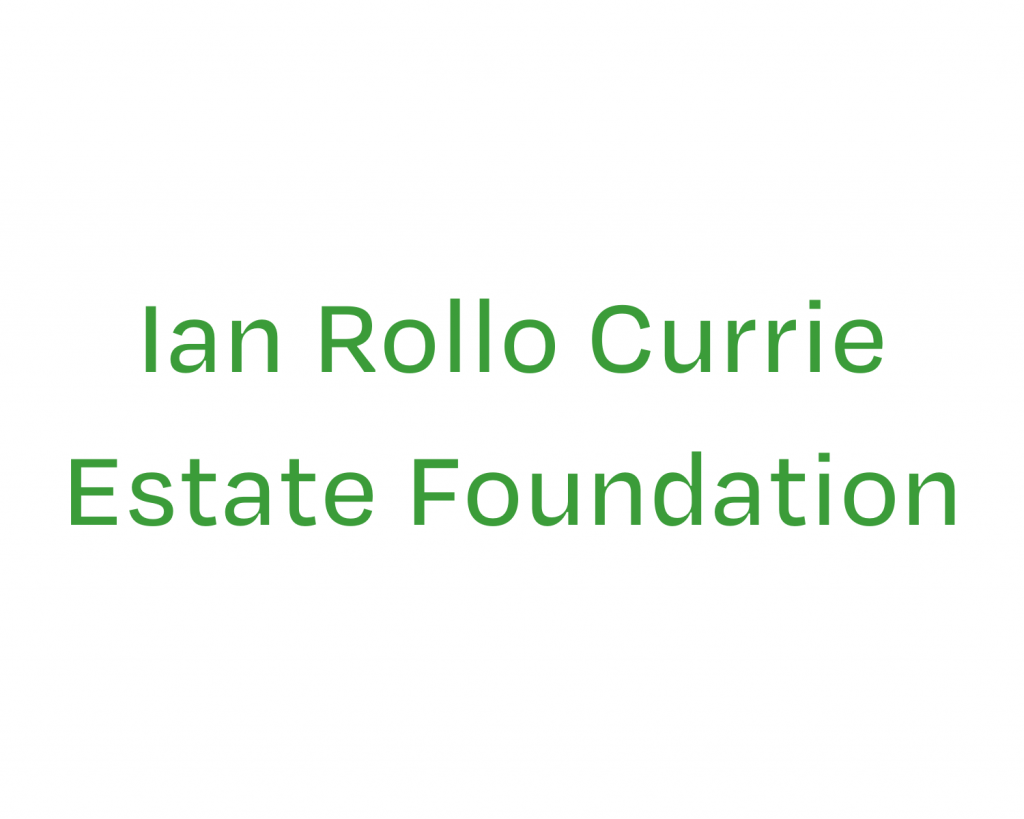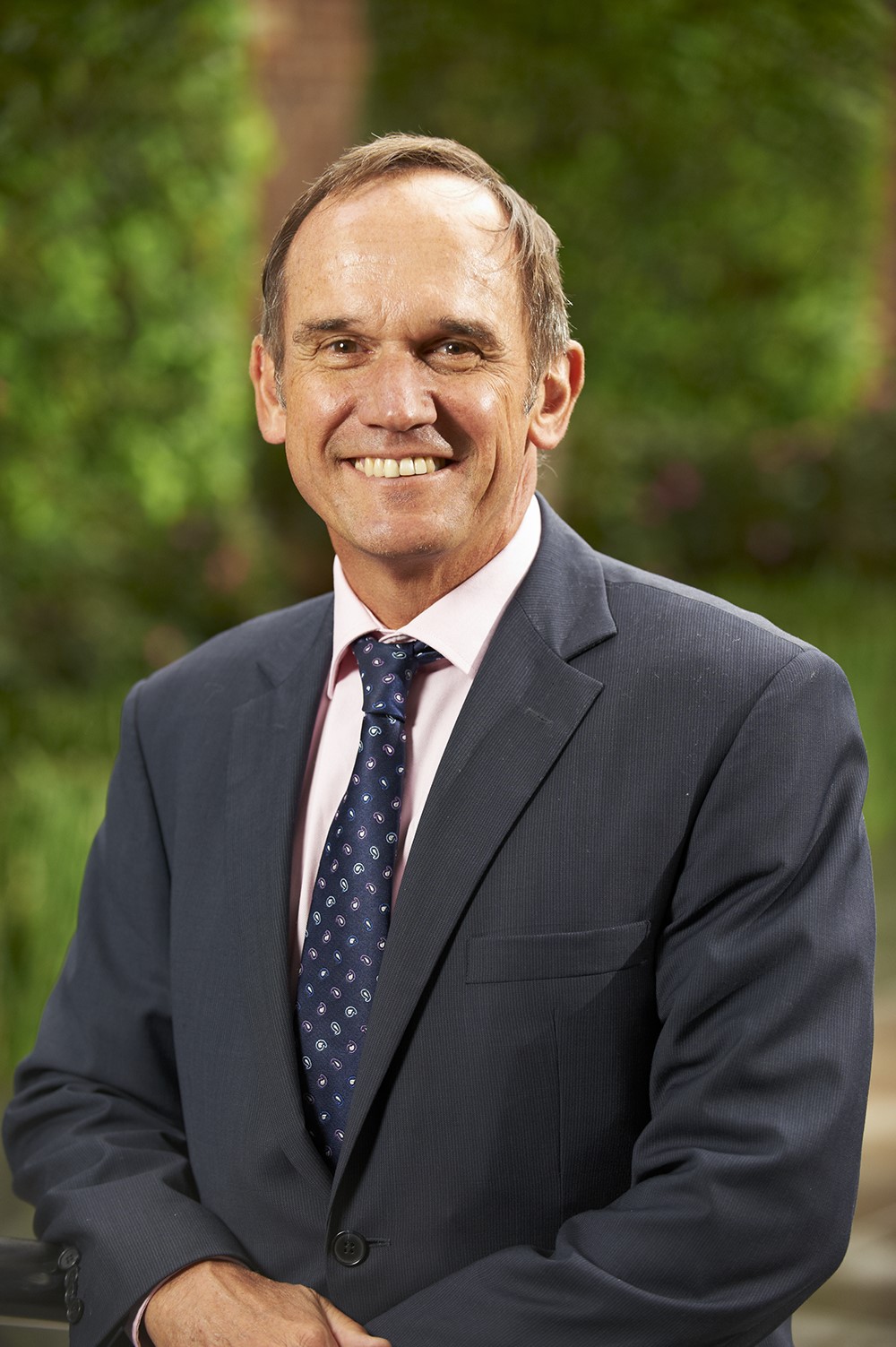Foundation for Rural & Regional Renewal (FRRR)
The Ian Rollo Currie Estate Foundation, established by successful grazier Ian Rollo Currie in the early 1970s, has long been dedicated to providing relief to aged persons in necessitous circumstances in Victoria.
As societal challenges evolve, so too does the Foundation’s approach to philanthropy with the Foundation now having a strong strategic focus on the elderly homeless in regional Victoria.
Using research undertaken by FRRR and the Housing for Aged Action Group (HAAG), the Foundation launched a pilot program, initially focussed on Shepparton, to assess the nature of the problem, develop networks, advocate for government involvement, and secure suitable housing for older people in crisis.
FRRR’s Carolyn Munckton caught up with John Etherington, Chartered Accountant, co-trustee of the Ian Rollo Currie Estate Foundation together with Perpetual. They delved into the partnership with FRRR and the task of tackling often overlooked issues for the elderly in Victoria.
The Ian Rollo Currie Estate Foundation first gave $50,000 to FRRR in 2014 and has been contributing to FRRR’s programs every year since, totalling more than $1.8 million.

Tell us a little bit about the Ian Rollo Currie Estate Foundation. Who was Mr Currie and why his specific interest in supporting ageing Victorians?
Ian Rollo Currie was born in 1897 and he died 1972, aged 85. His family owned a shipping business and when they sold this business he received a share of the sale. He bought land in Euroa and was a grazier. He was very involved in the local community and was president of the Euroa General Hospital for about 40 years. He was married but had no children, and when he passed away, he left $2 million in his will to establish the Ian Rollo Currie Estate Foundation to provide relief to aged persons in necessitous circumstances in Victoria.
In the initial years, the Foundation got involved with the Old Colonists Association of Victoria, which built aged care facilities, first at Berwick and then at Euroa. That was in the 70s, and then subsequently they’ve built facilities in Saint Helena and Fitzroy North. This was the initial focus of the foundation.
When he set up the Foundation in his will, Ian Rollo Currie appointed two trustees, one was The Trust Company (which was later taken over by Perpetual) and the other was his accountant, Bill a’Beckett, who was a highly respected partner in the accounting firm of Irish, Young and Outhwaite. I joined Irish, Young and Outhwaite in 1976 and when Bill a’Beckett passed away, the senior partner, Grahame Taylor, became the trustee. Subsequently, Grahame got me involved, and in 2008 I was appointed as Trustee.

What do you see as the benefits of partnering with FRRR to achieve the charitable objectives of the foundation?
That’s an interesting question because back in 2014, we had a system whereby we would either give grants of $50,000 to various organisations, or give what we call pledges, which were larger amounts to help with buildings of predominantly aged care facilities. We called for applications every year and in 2014 we got an application from FRRR. We looked at it and thought, well, FRRR is really just doing the same thing that we’re doing. Catriona Fay from Perpetual suggested we might want to consider this more closely because FRRR has got a lot of expertise.
When we investigated further, we thought, well, in terms of getting the maximum benefit from our donation, FRRR is well trusted in the regions and they’ve got their own grant processes and they spend a lot more time than we do going through it in a rigorous way.
So when we got the acquittal back from FRRR and we saw the range of the funded projects, we felt they were getting a lot of applications and covering a lot wider range then we were able to because we were really relying on applicant organisations to get involved with our grants program.
So that’s been the primary reason why we have backed FRRR and continued with our funding; because of the quality of the projects they fund and the fact that we can get a breadth of projects and geographical spread.
I should reflect and say that Mr Currie’s will says the Foundation should provide relief to aged persons in necessitous circumstances in Victoria. However because of his interest in Euroa, we have a particularly soft spot for supporting regional areas. We have given money to metropolitan areas and organisations, but we’ve always had an emphasis on regional Victoria.
What other sort of grants does the Foundation make each year to meet these charitable objectives?
We used to give grants of up to $50,000 to a whole lot of projects and pledges of $100,000 and above to aged care facilities, but we thought we were spreading ourselves too thinly and we weren’t getting the impact we needed. So we decided to give larger amounts of money to small organisations, and we also gave multi-year money to the Stroke Foundation and the Heart Foundation for research into heart and stroke issues specifically for older people.
About five years ago we tried to rationalise the program after I attended an event put on by Perpetual about strategic philanthropy with Paul Brest, former President of the Hewlett Foundation. His presentation made us really try to identify ‘what are the critical issues for the elderly and necessitous circumstances’ because that’s where we should direct our funding. So we did some research, and involved FRRR, and concluded that what were necessitous circumstances back in Mr Currie’s day would have been mainly financial. But as society’s got wealthier and we’ve grown older, there are other issues that have come to play; the obvious ones related to health and dementia. But we also we did some research and identified the one of the key issues is homelessness, specifically focused in regional areas for elderly people.
We have developed a joint venture with Housing for the Aged Action Group (HAAG) and, through further research, identified the Murray Goulburn, Hume and Mitchell Shires as the best areas to commence our venture. We established a pilot project for elderly people experiencing homelessness just before COVID kicked in, which of course slowed things down. Then we had trouble recruiting people and there were the bad floods in that area, so it’s been a bit of a stop-start, but last year we finished the pilot and we have really started to get some good traction.
The vision is to roll it out all over Victoria, but like all these things, we’ve just got to do it gradually. This is a big area of emphasis for the Foundation now and it has sort of become our flagship program. We feel like we’re on the strategic philanthropy journey now with our partnership with HAAG and support for FRRR with its expertise in regional areas.
What do you say are the strengths of FRRR on that basis?
One of the things that came through in our research and FRRR reinforces this, is that you don’t just go into regions, hang up your shingle and say here we are, we’re here to help you, come in. You’ve got to embed yourself in the community to be successful. You’ve got to understand the issues and get the trust of the community and you’ve really got to get into the grassroots of communities.
FRRR is really embedded in rural communities, they understand their communities and are well-trusted. That’s one of the big learnings I’ve got from dealing with FRRR – their understanding of and their emphasis on getting into communities with a sort of a bottom-up type approach, rather than a top down.
Can you think of any particular grants through FRRR that are noteworthy in your mind or are particular favourites?
I don’t think it’s any one thing. What jumps out at me is just the variety and range of the projects that FRRR funds and the geographic spread. I was going through the acquittals the other day and there is the cycling program for older people in Portland, grants to St Arnaud Neighbourhood House, Anam Cara House Colac, Central Highlands Rural Health, Avenel Active. Projects like life stories, training palliative care volunteers, capital funds for specialised beds in nursing homes, digital literacy skills; such a wide range of grant projects and this reinforces our initial judgement about getting involved with FRRR and how our relationship has progressed.
How do you see the future of the partnership with FRRR?
The challenge is that we’ve got to be very specific under the terms that we have to follow, and therefore the Foundation’s support has to be for the elderly in Victoria. So we’ve got to be quite disciplined in where we give the money under the terms of the will.
My observation is that older people, particularly in regional areas, are not good at beating their own drum and coming up with projects that need funding. Older regional people, by their nature, are probably pretty independent and sort of don’t necessarily want to be seen as being the recipients of philanthropy.
The challenge for the Foundation is to maintain and to sort of ‘smoke out’ the opportunities for funding. That’s where FRRR comes in and can achieve this well.
We have similar issues around homelessness. People don’t like to admit they’re homeless, but there are a lot of people experiencing housing instability, and you’ve really got to work hard to identify where it is occurring and how to help.

